Top 20 B2B eCommerce Trends to Watch In 2023
Nauman Pathan
October 07, 2022 853 Views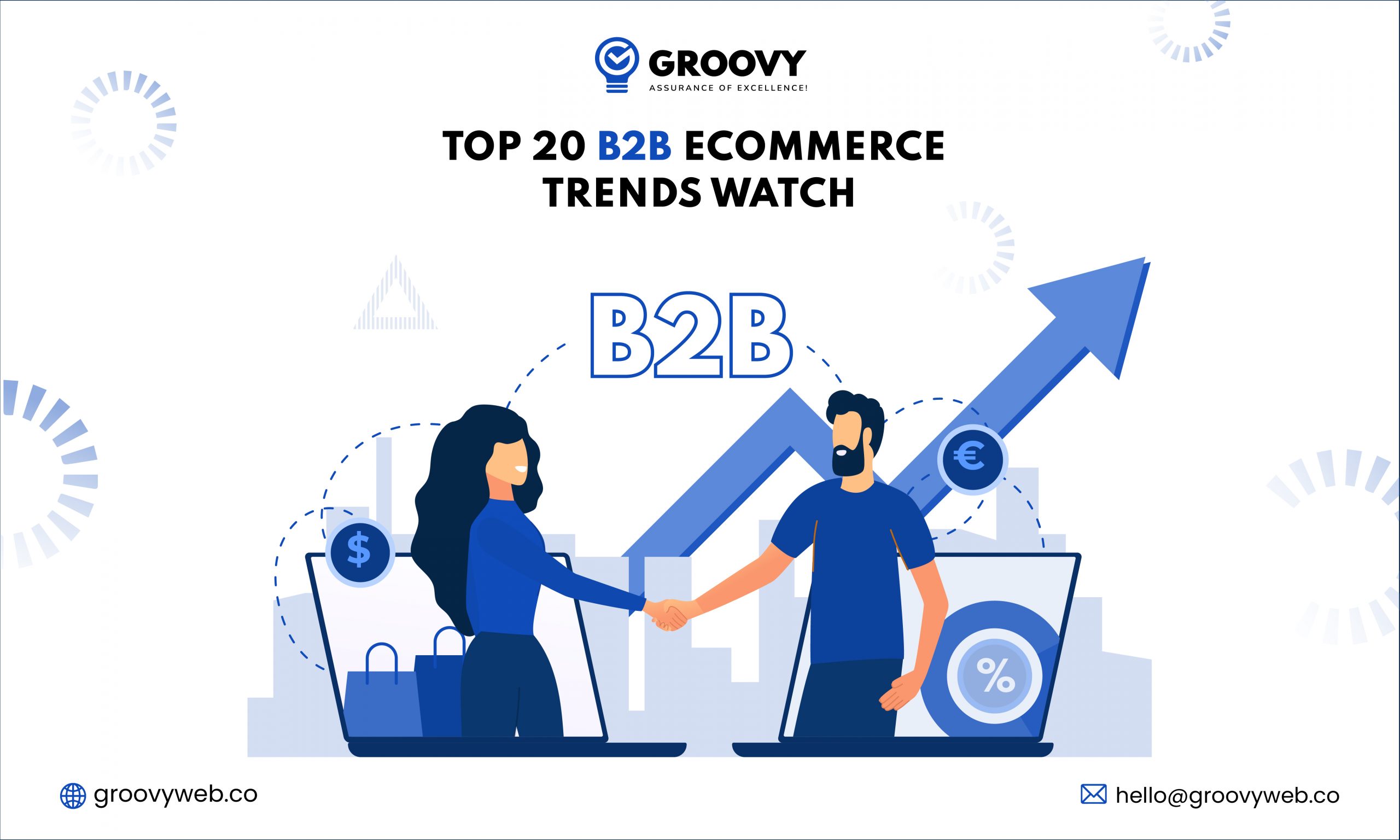
Quick Summary : Nowadays are more popular in international market. Many companies leaves behind a legacy system to sell products and moving towards eCommerce trends. Get in depth knowledge about b2b Ecommerce trends to boost your business sales.
The corporate world is constantly changing. Global events can alter market behavior in unthinkable ways only a few months ago.
To face these new difficulties, innovations and paradigm shifts emerge. Some of these modifications will become industry standards in the future, and others will vanish.
It is unclear if the following b2b eCommerce trends remain important years from now, but they are evident today. In either instance, these patterns reflect what was already occurring. Digital sales continue to outperform all other revenue streams. Find out what your business can benefit from these trends by reading on.
eCommerce Statistics for B2B eCommerce Trends
- Statista estimates that North America’s total eCommerce market size B2B in eCommerce will be worth over $4,600 billion by 2025.
- It’s clear that eCommerce isn’t just a trendy new method that B2B companies are trying out. Instead, McKinsey & Company predicts that 65 percent of B2B firms will interact fully online by 2022. B2Bs are also more likely to provide eCommerce than in-person sales for the first time.
- According to the same Mckinsey & Company survey, eCommerce accounts for roughly 18 percent of B2B revenue. Mobile Phone, mail, and conferencing via video are lower on the list.
- This aligns with buyer statistics from Wonderman Thomson, which found that by 2021, 49 percent of B2B buying in the UK, US, and China will be done online. Still, having a rudimentary website or a poor client experience is no longer acceptable in B2B eCommerce.
- However, 52% of business-to-business buyers are unhappy with their eCommerce experiences. If a vendor’s online channel does not meet customers’ demands, 90 percent of B2B buyers will switch to a competitor.
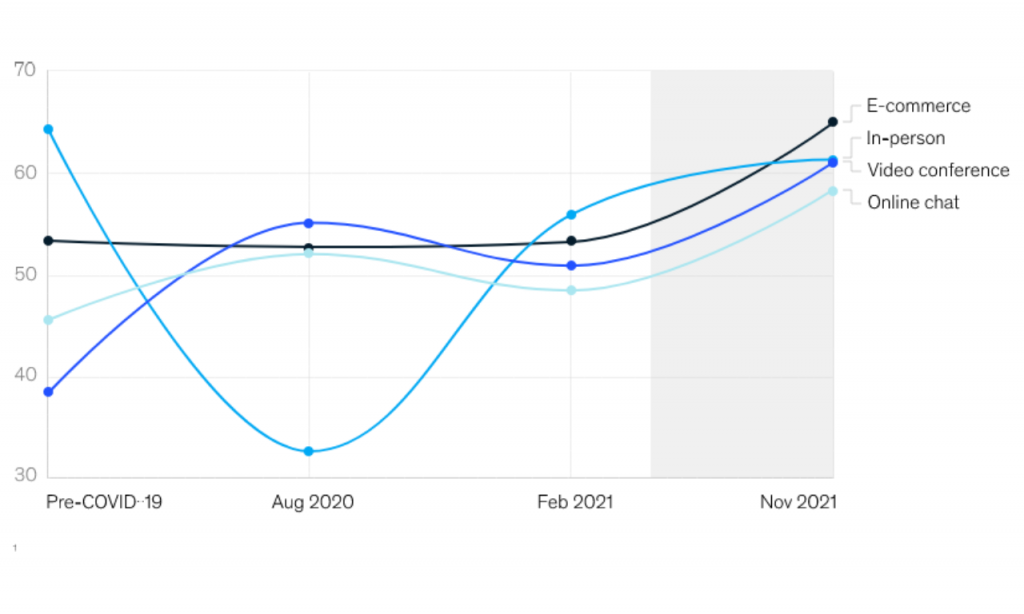
Source:- Mckinsey
Want To Stay Competitive? The Top 20 B2B eCommerce Trends Should Know
Gaining Access to a New ecommerce trends: The Metaverse
Metaverse, a new project by Mark Zuckerberg, aims to take online interaction to a whole new level. The “Meta” is a type of augmented reality that blends aspects from both the real and virtual worlds into a single seamless experience.
The Metaverse is designed to recreate a realistic world in a virtual environment, allowing individuals to communicate via avatars or virtual characters. “Where does this fit into my business?” you might ask. Even though the Metaverse is a virtual extension of reality, it’s also a whole new realm to promote your business!
To summarize, the Metaverse offers a wide range of advertising methods for increasing sales. This new trend provides a wide range of alternatives for expressing your originality. You could, for example, construct a virtual product test site for your clients to better understand what you’re offering.
The Multichannel Trend in B2B eCommerce
It’s not just B2B buyers who prefer the omnichannel approach, and they’ve finally come. In the case of in-person, remote, and eCommerce channels, customers indicate they want them all.
In today’s digital age, customers are a core of attraction for businesses. Information is readily available to them, and there is no shortage of shopping options, both online and offline. B2B organizations are more concerned than ever before with customer experience.
Every day, customers use multiple platforms and devices, making customer engagement and attraction more difficult than ever. In today’s Darwinian B2B eCommerce world, providing omnichannel consistency and a consistent user experience is key. Your business plan needs to include omnichannel if you haven’t already.
Digital marketing and sales will receive more attention.
Digital marketing is vital in B2B since decision-makers prefer digital communication. To onboard and retain new customers, your company must provide accurate brand and product information via digital channels that are easy to consume. Create informative content through digital channels, including social media posts, email newsletters, and digital brochures. As for the latter one, make sure to use a brochure maker to design professional and visually compelling brochures.
TO THIS: Still, it is no longer as effective as it once was. You’ll get far better results now if you concentrate your efforts on oneBooks, social media, and mobile apps and gadgets. If this seems overwhelming, then you may consider talking to a marketing advisor to guide you.
Your sales crew is included in this trend. Prospective shoppers expect a smooth transition between your digital material and their capacity to make purchases online.
Headless Technologies and progressive web applications
In addition, the new business consumer expects to be able to access your information from any device, marketplace, or platform. To accomplish this user experience, many B2B firms are turning or build progressive web apps (PWAs) and headless technologies.
A wide range of devices and operating systems can work with PWAs; these applications, which are supported by headless content management systems, enhance the efficiency, usability, and speed of your organization without the need for any connectivity.
Headless technology allows you to unique PWAs for various niches without modifying your back-end features and operations. It also makes your business future-proof because you may change individual components as needed to maintain your brand relevant to your clients.
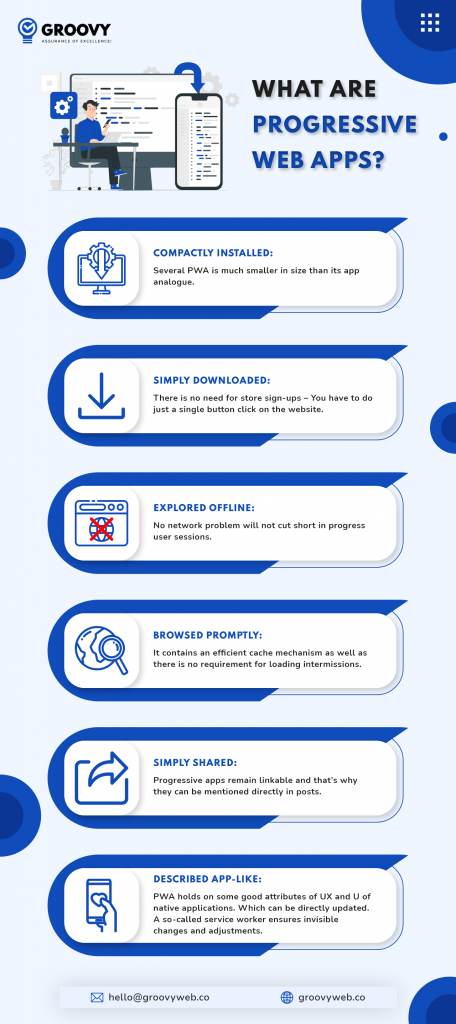
In the United States, 30% of online shoppers purchase through social media, in comparison to 50% of Chinese online shoppers. 2022 will be a big year for brands, as the ability to market and promote products via social media while keeping customers engaged with your brand. As a result, revenues are predicted to triple by 2025. Facebook, Pinterest and Instagram are all great platforms for B2B companies to create their own eCommerce stores.
Management of the Digital Supply Chain
The COVID-19 epidemic wreaked havoc on global supply networks by exposing most B2B eCommerce companies’ flaws, particularly those whose supply chains rely heavily on China for completed goods.
As a result, more than 60% of B2B eCommerce enterprises have decided to lessen their dependency on specific countries, such as China, and expand the capacity of their existing centres.
All B2B leaders must focus on combining their basic supply chain capabilities with their current digital strategy. In this way, they may protect themselves from global supply chain disruptions while remaining competitive. Affected B2B eCommerce enterprises should, in our opinion, consider constructing a solid digital supply chain framework capable of handling problems such as inventory management and providing a personalized client experience.
Chatbots and Artificial Intelligence in B2B business
B2B firms will be able to use artificial intelligence (AI) to make their products more personable for their customers. AI-powered tools are already used by a quarter of sales executives, which is predicted to climb to 75% by 2024. Many businesses consider AI one of their most critical data strategies, believing it will boost their production dramatically.
Many of these businesses brag about how they increased engagement and sales after incorporating ecommerce chatbots and other AI algorithms into their marketing. AI can improve the customer experience while also reducing manual labor, faults, and prices. To be fully effective, AI systems must be manned by people. No AI can answer a customer’s questions or deal with all their scenarios. As a result, you’ll need a staff of employees on standby to steer your consumers in the proper way as needed.
Increase in Business-to-Business Self-Service
Another feature of B2C sales that is making its way into B2B is self-service technologies. The majority of business consumers prefer to buy, order again, and handle orders and transactions themselves. In essence, your clients want to buy your products using the same channels they used to learn about you and investigate you.
Traditional B2B sales channels are still viable. Still, many businesses are incorporating responsive self-service interfaces into their websites and other sales channels. They’re also looking for ways to deliver the level of back-office openness that their new consumers are looking for.
Cloud Adoption and ERP Integration in Depth
Many B2B organizations are discovering that their previous ERP solutions no longer meet their demands or the expectations of their customers as the market shifts toward a more B2C-like market. Instead, these dynamic businesses require the cloud’s scalability and resilience. As self-hosted systems, they can no longer justify the significant expenditure required to maintain the infrastructure on-premises.
More than 80% of B2B companies already use the cloud to host all or part of their IT infrastructure and apps, with plans to invest even more in the future.
B2B Fast Order Fulfillment is a Highly Desirable Service
With more B2B enterprises crossing the digital divide, the need for quick yet effective fulfilment operations has become critical. It is estimated that 73 per cent of young people engage in B2B purchases in a post-Amazon world.
By improving order management software’s fulfilment procedures, firms may appeal to their customers more effectively. This software can assist a B2B company manages orders across several sales platforms, centralizing data and simplifying the supply chain. Nowadays, there are many tools that can help b2b eCommerce do it quickly, such as Magento 2 quick order.
Augmented Reality changes B2B business
In the larger scheme, augmented reality (AR) plays a crucial role. By 2022, analysts predict that 25% of organizations will introduce AR integrations, while the remaining 70% will start using them. Customers no longer need to consider how the new couch will fit into the aesthetic of their living room, thanks to AR. Similar to flooring, artwork for workspaces, or apparel, these elements empower firms to try on a product virtually.
Business leaders will prioritize AR experiences to divert their time and energy in a constructive manner and protect themselves from unwelcome risks. Therefore, it’s time to make significant changes if AR isn’t already on your concurrent list for 2022 and later.
Resources Are Insufficient Over The Long Term.
The US economy only creates 300,000 new jobs per month. Analysts believe 450,000 jobs have been added on average in the last one year. It displays a sharp decline in worker participation. Currently, there is a worldwide shortage of workers, not just one that affects the US, and it will significantly impact B2B businesses in 2022 and beyond.
The labour and product shortages will have a domino effect. From the aisles of grocery stores to expensive shipping costs and customs, it’s everywhere. It’s challenging to tackle these complex problems. Still, eCommerce may help you stay adaptable and meet the needs of your customers.
Inventory Access in Real-Time
Inventory management has become a significant issue in eCommerce environments catering to B2B clients as most consumers shift to online markets.
Again, as a result of the rising order volume outpacing traditional supply chain management strategies, many B2B firms implemented real-time integrations into their ERP systems.
Today, only technologies allowing customers to instantly make orders and claim inventory are used for customer interaction. They want assurance that they will promptly receive the product they bought, which necessitates greater transparency.
In this new context, features like requested delivery dates are essential because customers won’t even place orders without them.
B2B eCommerce SaaS Solutions Without ERP Integration are Insufficient.
Due to the COVID crisis, businesses are finally shifting to the cloud for their ERP systems. When it comes to B2B eCommerce, we observe the same demand for cloud technology. Agile enterprises are unable to justify the significant investment required for on-premises or self-hosted solutions in the age of rapid digital change.
The trend for SaaS product solutions with ERP connection, however, is growing. Customer need for RDD transparency is rising (requested delivery dates). This is something that B2B eCommerce users are increasingly doing.
Knowing whether a product is in stock is insufficient. Customers must also be informed of the arrival time of their orders. Shipping time isn’t the only thing that affects this for manufacturers whose entire operation runs on the ERP. Supply chain factors influence the arrival date of an order. Some manufacturers are finding that the impact of COVID disruptions is now more significant than ever.
Therefore, many firms implement RDD (requested delivery date) logic into their ERP. Not just if the material is in stock, but all other factors that affect order arrival date are taken into account in this computation.
However, how quickly it can adapt to a surge in demand. It’s clear the calculation is practical and improves the customer experience in B2B eCommerce.
Of course, if your RDD rules aren’t coupled with your ERP, you can’t apply them to B2B eCommerce. Customers will eventually call customer care to acquire answers if RDD in B2B eCommerce is not visible.
Development of a Mobile Commerce Platform for B2B Companies
Mobile devices account for nearly three fourth of all B2B eCommerce sales today, accounting for roughly half of all sales made using B2B smartphones. At this point, it is clear that B2B businesses must provide a mobile-friendly experience.
Mobile responsiveness is essential if you want to keep making money. At a minimum, you should have a mobile-friendly website and an app for shipping, tracking, and cataloguing products.
In the future, as you develop your marketing and sales infrastructure, mobile technology will be necessary for doing business. Mobile features such as voice ordering, augmented reality, and digital document management is already well-liked in the B2B sector.
Direct-to-Consumer Channels are Growing in B2B
In the B2B arena, direct-to-consumer (D2C) sales channels are driven by new business consumers. Direct-to-consumer sales allow you to sell your goods without involving retailers, wholesalers, or dealers. B2B sales using this modified model currently represent half of all sales, and this trend is expected to continue in the coming months.
You have many advantages and prospects with DTC, even though it can be challenging. Specifically designed for the emerging digital market DTC:
- Provides complete control over every customer interaction across the sales pipeline
- Replaces decreasing older revenues with new ones.
- Analyzes customer behaviour directly and provides insight into transactions.
- Keeps clients loyal and creates new ones.
Business Consumers and Young Adults: Changing B2B Trends
Additionally, they favor using the internet to read reviews, compare pricing, and get in touch with potential merchants. Their preference is, however, to begin business dealings just after they make a purchasing decision.
As internet influencers, they know about and enjoy cutting-edge technologies but strongly dislike forceful marketing. Therefore, they ignore seller analytics and treat B2B transactions like B2C ones.
A Computer Driven B2B Transaction
Automation is necessary to improve client satisfaction and the reputation of your online marketplace in an industry as large as B2B.
Local eCommerce trends will enable more automation, such as automated fulfillment, reordering, accounts payables, and receivables. Technology that automates B2B payments needs to consider several factors, including:
- Streamlined data entry ensures frictionless payment gateway automation, saving business resources and time.
- Enhanced payment gateway processing control
- Utilize cutting-edge technology while doing business with other brands and businesses to address their most pressing problems.
Sustainability is a Business Priority
More businesses need to take a similar position to develop sustainability projects as sustainability increasingly becomes the focus of everything they do. Sustainable goals have also been shown to benefit enterprises just as much as the environment.
According to studies, green businesses gain 4.3 times more honest customers compared to their competitors, and conversion rates go up by 20%. Sustainable packaging is one of the best ways to include your customers in an eco-friendly strategy.
B2B Online Markets are Growing Fast
Due to the growth of business consumers, more B2C elements of trade also entered the B2B sphere. B2B buyers want to fully benefit from using specialized marketplaces to identify the finest suppliers and deals. They also want more chances and competitiveness on the international stage.
On the other hand, selling your goods and services on a marketplace limits your ability to offer customers a personalized experience. One cannot target specific customers. Instead, you target a small but indiscrete demographic with specialized offerings and brand recognition.
Fortunately, carefully using post-conversion data and client contacts leads to better client retention. These B2B marketplaces also effortlessly draw in fresh, interested audiences.
It is likely that the readiness of these specific buyers to make the purchase will only increase sales. Additionally, you can advertise your goods internationally and test new goods more frequently.
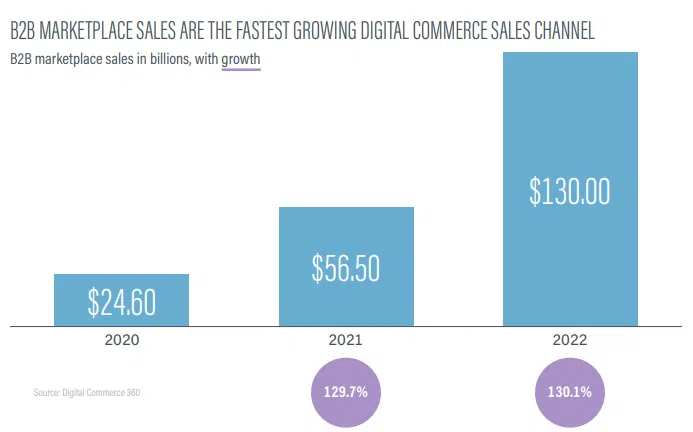
Source:- channeladvisor
Conclusion: Identifying Which Trends Make Sense for Your B2B Company
The 20 B2B trends above will undoubtedly generate worldwide headlines, but not all of them will survive the test of time. As a result, not every trend is worthwhile to follow. As a result, you’ll want to pick the ones that will boost your business prospects while also providing a respectable return on your investment.
Even specialists sometimes struggle to predict how a trend will grow in the future. It necessitates a thorough knowledge of your consumers, vertical operations, and competitors. It requires an awareness of your current infrastructure and techniques to determine which trends will work well with your current workforce and sector. Get help from Groovy web, a top eCommerce solution provider, to build eCommerce web application.
Written by: Nauman Pathan
Nauman Pathan is a Project Manager at Groovy Web - a top mobile & web app development company. He is actively growing, learning new things, and adapting to new roles and responsibilities at every step. Aside from being a web app developer, he is highly admired for his project management skills by his clients.
Frequently Asked Questions
We hope these clear your doubts, but if you still have any questions, then feel free to write us on hello@groovyweb.coWhat are The Future Trends in eCommerce?
The E-commerce industry will be revolutionised by trends including dropshipping, augmented and virtual reality, subscription-based services, product visualisation, and the use of big data and analysis.
Can Drop Shipping Make You a Millionaire?
Yes Of course, If you done correctly, Drop shipping is simple business, inwhich seller accept customers order without keeping stocks. Drop shipping has the potential to absolutely make you wealthy and a millionaire.
Related Blog
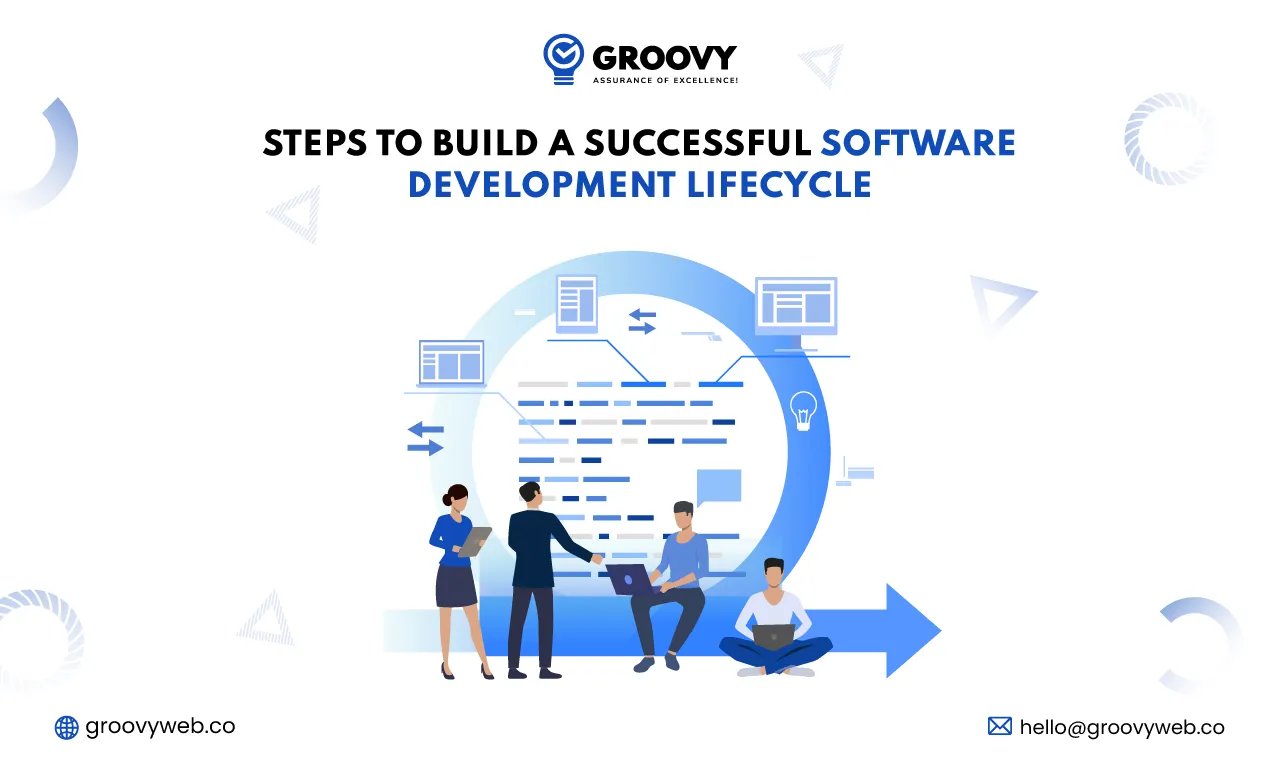
Ashok Sachdev
Steps to Build a Successful Software Development LifeCycle
Software Development 12 Feb 2024 14 min read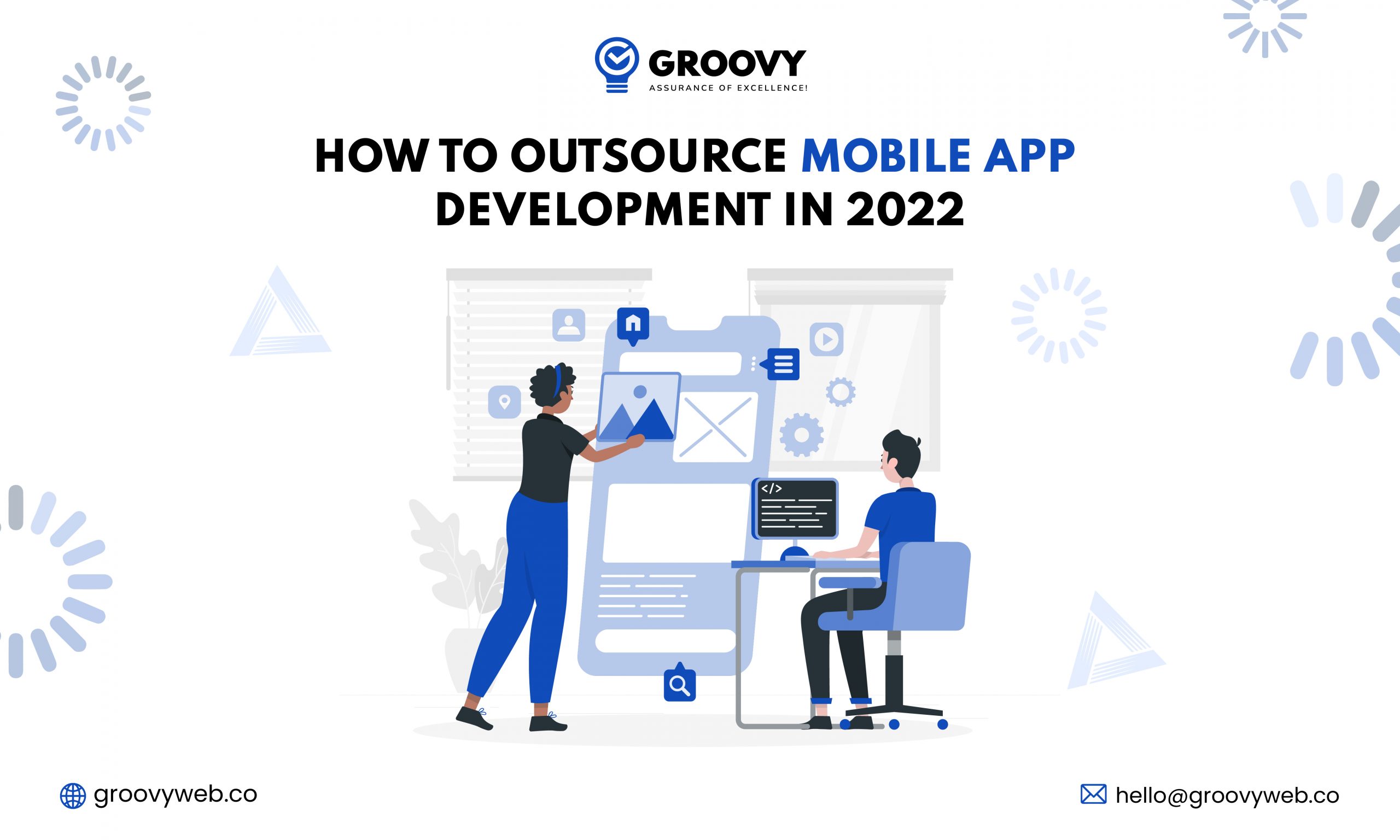
Rahul Motwani
How to Outsource Mobile App Development in 2023
Mobile App Development 26 May 2023 11 min readSign up for the free Newsletter
For exclusive strategies not found on the blog
